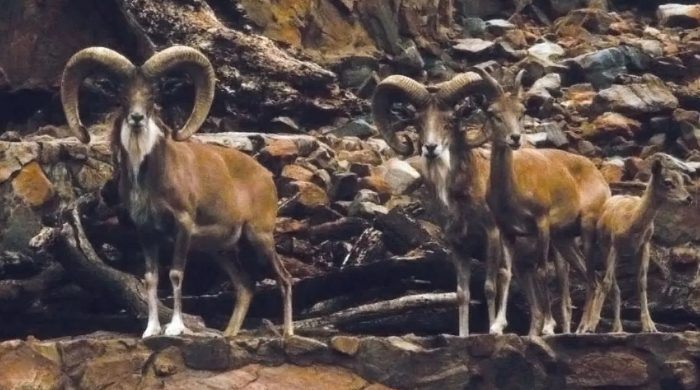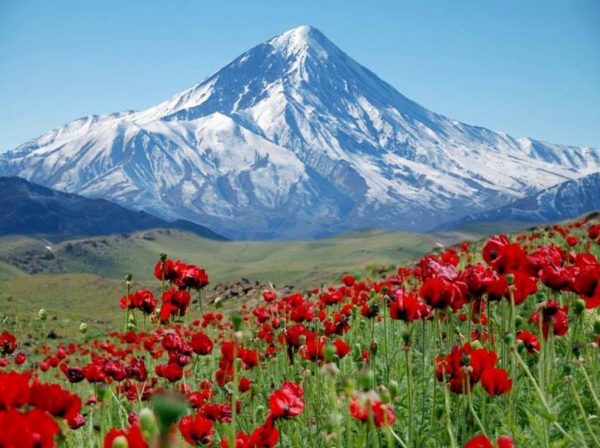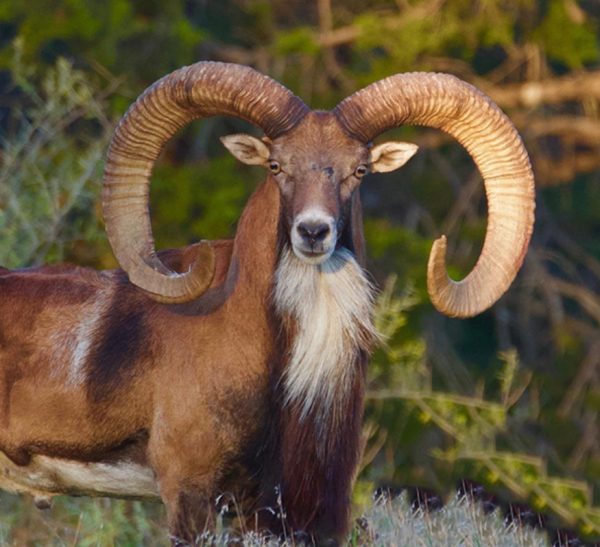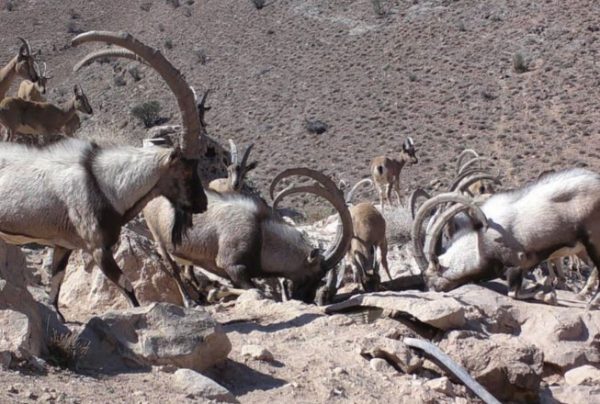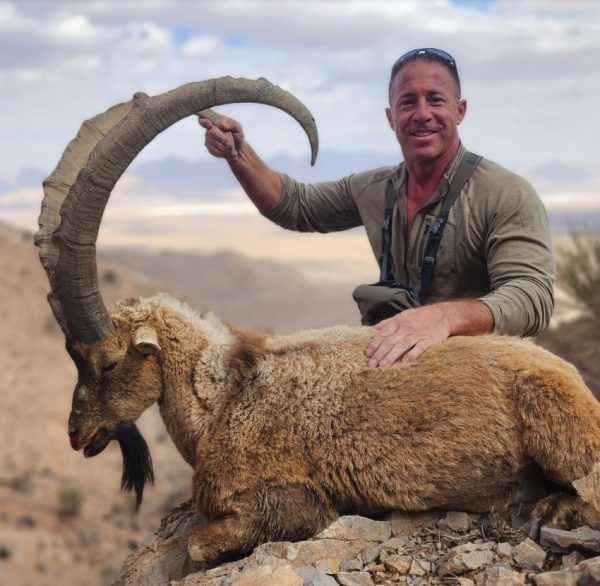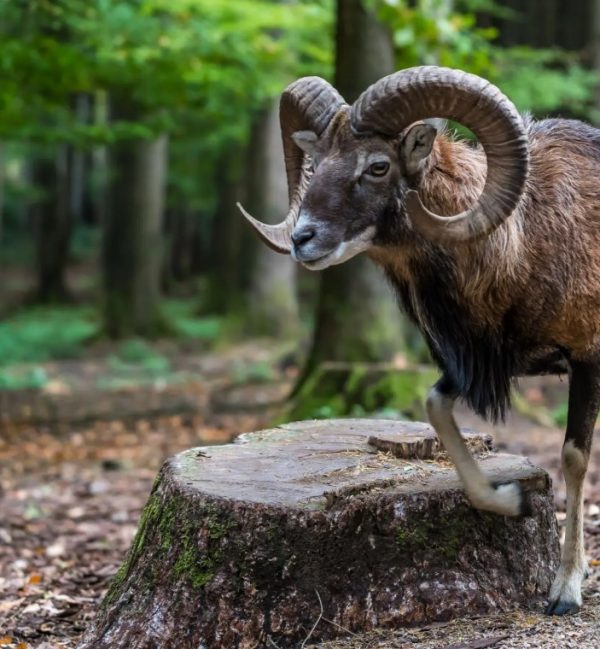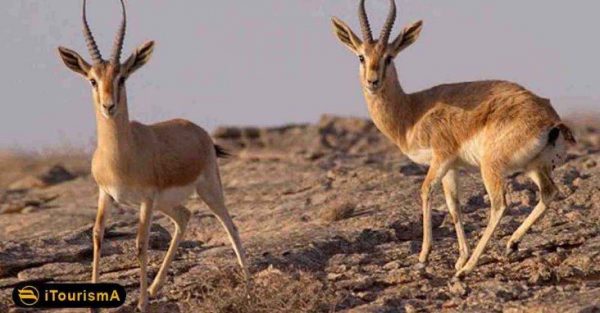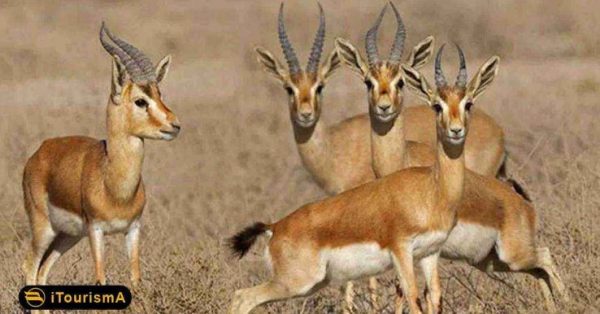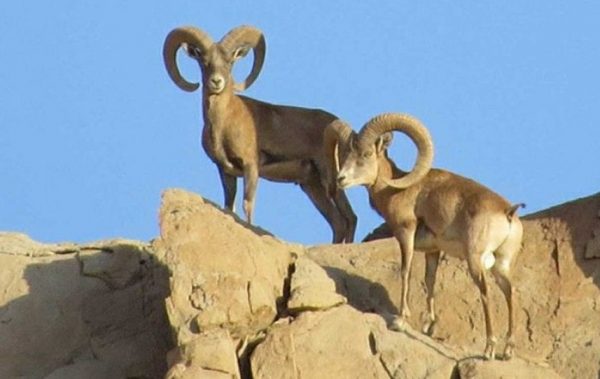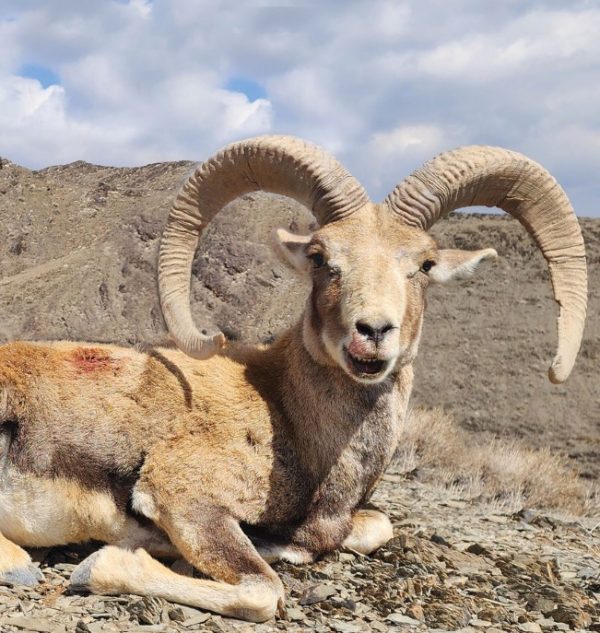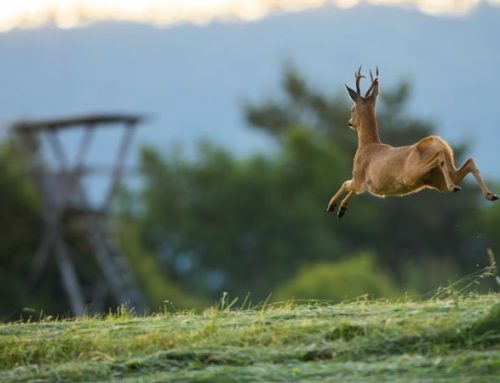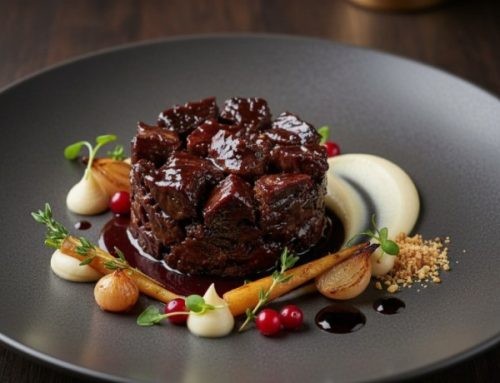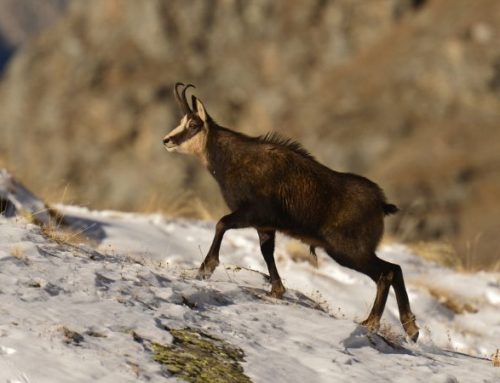The rugged mountains and arid landscapes of Iran are home to some of the most challenging and rewarding hunting experiences in the world.
Among these, the pursuit of Iranian sheeps, particularly the majestic and elusive subspecies such as the Transcaspian Urial, Armenian Mouflon, and Esfahan Mouflon, stands out as a unique adventure for any avid hunter. This post delves into the exhilarating journey of hunting Iranian sheep, offering insights into the habitat, the hunt, and the profound connection with nature that this experience provides.
Iran’s diverse topography, ranging from the Alborz and Zagros mountain ranges to the vast desert plains, provides a stunning backdrop for hunting Iranian sheep. These regions are characterized by steep, rocky terrains and sparse vegetation, demanding both physical endurance and mental fortitude from hunters. The climate varies significantly, with scorching summers and harsh winters, each season presenting its own set of challenges and opportunities.
The Iranian Sheep: A Hunter’s Prize
Iran is home to several distinct subspecies of wild sheep, each with unique characteristics and habitats:
Transcaspian Urial (Ovis vignei arkal):
The Transcaspian Urial, scientifically known as Ovis vignei arkal, is a remarkable subspecies of wild sheep native to the northern and northeastern parts of Iran. These regions are characterized by their rugged mountainous terrain, which has shaped the physical and behavioral adaptations of the Urial over centuries.
This sheep inhabits the steep, rocky slopes and high-altitude plateaus of the Alborz and Kopet Dag mountain ranges. These areas are marked by extreme variations in temperature, from scorching summers to frigid winters, demanding that the Urial be both hardy and versatile. The sparse vegetation and challenging topography provide a sanctuary where these sheep can evade predators and human disturbances, thriving in the isolated and less accessible regions.
One of the most striking features of the Transcaspian Urial is its impressive set of horns. Males, or rams, boast large, spiraled horns that curl outward and upward, often reaching lengths of over 90 centimeters (35 inches). These horns are not just for show; they play a crucial role in dominance battles during the mating season. The horns of the females, or ewes, are much smaller, usually short and slightly curved, reflecting their lesser role in combative behaviors.
The coat of the Transcaspian Urial varies with the seasons. In the winter, their fur grows thick and dense, providing insulation against the cold. This winter coat is typically a grayish-brown, blending seamlessly with the rocky, barren landscape. In the warmer months, they shed this heavier coat for a lighter, reddish-brown one, which helps them withstand the heat and blend into the dry, sun-baked surroundings.
Adapted to the harsh and unpredictable environment, the Transcaspian Urial exhibits a range of behaviors that enhance its survival. They are primarily diurnal, meaning they are most active during the day, especially in the early morning and late afternoon when temperatures are more moderate. Their acute sense of sight and hearing helps them detect predators from a distance, allowing them ample time to flee to higher, more inaccessible terrain.
Urials are social animals, typically forming small herds composed of females and their young. Males generally live in separate bachelor groups outside the mating season. During the rut, which occurs in late autumn, rams compete fiercely for access to ewes. These battles involve dramatic displays of strength, with males charging at each other and clashing their massive horns, producing sounds that can be heard over long distances.
The Transcaspian Urial is a prized game animal, both for its impressive horns and the challenge it presents to hunters. Hunting these sheep requires not only physical endurance but also strategic planning and patience. The remote and rugged habitat of the Urial makes for a demanding hunt, often involving long hikes, careful stalking, and precise shooting.
In Iran, hunting regulations are stringent to ensure the sustainability of Urial populations. Hunters must obtain permits, adhere to seasonal restrictions, and respect quotas. These measures are crucial for maintaining healthy Urial populations and ensuring that hunting practices do not threaten the species’ long-term survival.
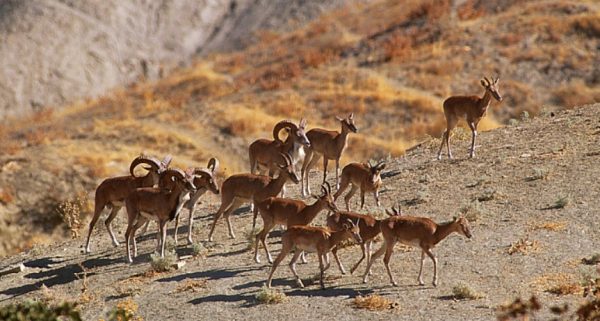
Herd of transcaspian urial climbing iranian mountains
Hunting the Transcaspian Urial is an adventure that tests the limits of a hunter’s skills and endurance. The journey often begins with a strenuous hike through rugged terrain, navigating rocky outcrops and steep inclines. The high altitude and thin air add an extra layer of difficulty, requiring hunters to be in peak physical condition.
Spotting a herd of Urials involves scanning the rocky slopes with high-powered optics, looking for the telltale movement or the glint of sunlight off their horns. Once a suitable ram is identified, the stalk begins—a meticulous process of moving closer without being detected. This can involve crawling over sharp rocks, staying low to the ground, and using the terrain to stay out of sight.
When within range, the final challenge is to steady the rifle, control breathing, and take a precise shot. The satisfaction of a successful hunt is immense, not just for the trophy but for the profound respect gained for the resilience and majesty of these incredible animals.
The Transcaspian Urial is more than just a game animal; it is a symbol of the rugged beauty and untamed wilderness of Iran’s mountainous regions. Hunting these sheep offers an unparalleled adventure, combining the thrill of the chase with the awe-inspiring landscapes of one of the world’s most remote and beautiful regions. For those who seek to test their skills and immerse themselves in nature, the pursuit of the Transcaspian Urial is an experience like no other.
Persian Ibex
The Persian Ibex, also known as the Bezoar Ibex (Capra aegagrus aegagrus), is a magnificent species of wild goat native to the rugged mountains of Iran and neighboring regions. Renowned for its impressive horns and agile nature, the Persian Ibex is a symbol of the untamed beauty and resilience of the mountainous landscapes it inhabits.
The Persian Ibex mainly inhabits the Alborz and Zagros mountain ranges, which extend across northern and western Iran. These regions are known for their steep, rocky cliffs and minimal vegetation, creating a difficult but perfect habitat for these skilled climbers. The ibex’s territory also reaches into areas of Turkey, Armenia, and other nearby countries, where comparable mountainous landscapes are found.
The Persian Ibex is easily recognizable by its striking appearance. Males, known as billies, are particularly distinguished by their large, curved horns, which can grow up to 140 centimeters (55 inches) in length. These horns curve backward and can have prominent ridges along their length. Females, or nannies, have shorter and more slender horns.
The ibex’s coat varies in color from light brown to a darker, more reddish-brown, with a lighter underbelly. This coloration provides excellent camouflage against the rocky backdrop of their habitat. During the winter months, their coat thickens to provide insulation against the cold, while in the summer, it becomes shorter and sleeker.
Persian Ibex are highly adapted to their mountainous environment. They are exceptional climbers, using their strong, nimble limbs and specially adapted hooves to navigate steep and rocky terrain with ease. These hooves have a hard outer edge and a softer, concave center that provides grip on slippery surfaces.
The ibex is diurnal, meaning it is most active during the day, especially in the early morning and late afternoon. They live in small herds, typically composed of females and their young, while males often live solitary lives or form bachelor groups outside the breeding season.
During the rutting season, which occurs in late autumn, males engage in dramatic head-butting contests to establish dominance and gain mating rights. These battles, although fierce, rarely result in serious injury due to the ibex’s strong and resilient skulls.
The Persian Ibex is primarily herbivorous, feeding on a variety of grasses, herbs, and shrubs. Their diet varies with the seasons, depending on the availability of vegetation. In the harsh winter months, they may descend to lower altitudes in search of food, while in the summer, they forage higher up in the mountains where the vegetation is lush and green.
Iran and other countries within the ibex’s range have implemented conservation measures to protect this species. Hunting regulations, protected areas, and efforts to mitigate human-wildlife conflict are all part of the strategy to ensure the survival of the Persian Ibex.
The Persian Ibex holds a significant place in the cultural heritage of the regions it inhabits. Its image has been depicted in ancient art and artifacts, symbolizing strength, agility, and resilience. Today, it continues to inspire awe and respect among locals and visitors alike.
Armenian Mouflon (Ovis orientalis gmelini)
The Armenian Mouflon, scientifically known as Ovis orientalis gmelini, is a fascinating and agile subspecies of wild sheep that inhabits the northwestern regions of Iran. These areas, characterized by their rugged and rocky landscapes, provide a perfect natural habitat for the Armenian Mouflon, allowing it to thrive and showcase its remarkable adaptations.
The Armenian Mouflon primarily resides in the northwestern parts of Iran, particularly within the Alborz and Lesser Caucasus mountain ranges. These regions are defined by their steep, rocky terrain, interspersed with sparse vegetation and scattered water sources. The climate here varies from cold, snowy winters to hot, dry summers, demanding versatility and resilience from the animals that inhabit these areas. This challenging environment has shaped the Armenian Mouflon into a robust and adaptable creature, capable of navigating the rocky slopes with ease and finding sustenance in the sparse vegetation.
One of the most distinguishing features of the Armenian Mouflon is its reddish-brown coat, which provides excellent camouflage against the rocky and arid backdrop of its habitat. This coloration helps them blend into their surroundings, making it harder for predators and hunters to spot them. During the winter months, their coats thicken and turn a lighter, grayer shade, providing additional insulation against the cold.
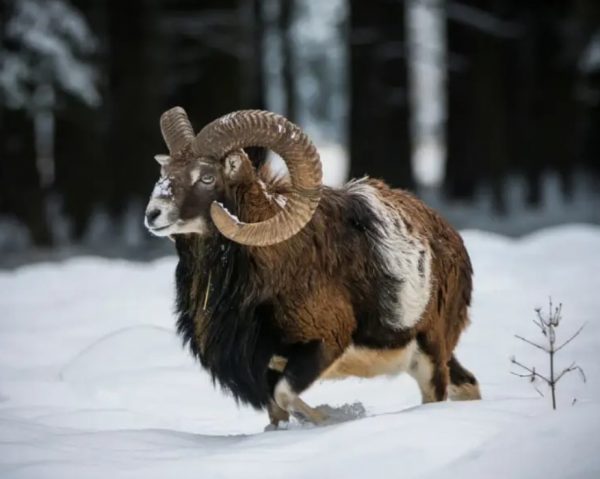
An Armenian Muflon male in winter coat
The horns of the Armenian Mouflon are smaller and more tightly curled compared to other wild sheep species. Males, or rams, possess these iconic horns, which are used not only for defense but also in dramatic displays during the rutting season. The females, or ewes, typically have much smaller horns or are sometimes even hornless. The horns of the rams grow in a tight spiral, often completing a full curl, and can reach impressive lengths despite their relatively smaller size compared to other species.
Armenian Mouflons are known for their agility and sure-footedness, which are essential traits for surviving in their rocky, mountainous environment. They are excellent climbers, able to navigate steep cliffs and rugged terrain with remarkable ease. This agility helps them evade predators such as wolves and leopards, as well as providing an advantage during the hunt.
These sheep are primarily diurnal, meaning they are most active during the day. They spend their mornings and late afternoons foraging for food, feeding on grasses, herbs, and shrubs. Their ability to survive on a varied diet of sparse vegetation is a testament to their adaptability.
Armenian Mouflons are social animals, typically forming small herds composed of females and their young. Males usually live in separate bachelor groups except during the mating season. The rut, which occurs in late autumn, sees rams competing for the attention of ewes through displays of strength and endurance. These competitions involve headbutting and horn clashes, with the victorious rams earning the right to mate.
Communication among Armenian Mouflons is achieved through a combination of vocalizations, body language, and scent marking. They use these methods to establish dominance, warn of danger, and maintain cohesion within the herd.
The Armenian Mouflon is a prized target for hunters due to its distinctive appearance and the challenging nature of its habitat. Hunting these sheep requires not only skill but also a deep respect for the animal and its environment. Iran enforces strict hunting regulations to ensure the sustainability of the Armenian Mouflon population. Hunters must obtain permits, adhere to designated hunting seasons, and respect quotas to ensure that hunting does not threaten the species’ long-term survival.
Hunting the Armenian Mouflon is not for the faint-hearted. It requires a combination of physical stamina, meticulous patience, and strategic foresight. The expedition typically kicks off with a strenuous hike through rugged, mountainous terrain, often commencing before dawn to capitalize on cooler temperatures and the increased activity of the mouflons.
Spotting these elusive creatures involves scanning the jagged slopes with high-powered binoculars, searching for any movement or the distinctive glint of sunlight reflecting off their horns. Once a suitable ram is identified, the real challenge begins. The stalk is a delicate process, demanding quiet, calculated movements. Hunters must use the natural terrain to remain concealed and position themselves downwind to avoid detection by the sharp-eyed mouflons.
The final approach often involves crawling over sharp rocks and staying low to the ground, a painstaking process that tests both resolve and technique. When within range, the hunter must execute a precise shot, factoring in the challenging conditions such as wind and uneven terrain. The satisfaction of a successful hunt is profound, offering not just the reward of a trophy, but a deep respect for the animal and its rugged habitat.
Jabeer Gazelle
Embark on an exhilarating hunting adventure in the rugged terrains of Iran, home to the elusive Iranian Jebeer Gazelle, also known as the goitered gazelle (Gazella subgutturosa). These remarkable creatures are a prized target for hunters seeking both challenge and excitement.
The Jebeer Gazelle is a sight to behold with its sleek, slender body, long legs, and distinctive curved horns seen on males. Females have shorter or no horns. Their light brown coat, contrasted by a white underbelly and a dark stripe along their flanks, provides natural camouflage in their desert habitats.
These gazelles thrive in arid and semi-arid regions, including steppes, deserts, and foothills. Their ability to survive in dry environments with minimal water makes them an intriguing target for hunters looking to test their skills in challenging conditions.
Feeding mainly on grasses, shrubs, and herbs, the Jebeer Gazelle is a selective eater, preferring plants rich in nutrition and moisture. Known for their incredible speed and agility, these gazelles can swiftly evade predators, making the hunt all the more thrilling. Typically seen in small herds, males become territorial and gather in larger groups during the mating season, offering unique opportunities for hunters.
While the population of Jebeer Gazelles has been declining due to habitat loss and other factors, sustainable hunting practices are crucial. It’s important to follow local regulations and conservation efforts to ensure the species’ survival and maintain the balance of this delicate ecosystem.
Spring marks the breeding season for these gazelles, with females giving birth to one or two fawns after a gestation period of five to six months. This period offers a unique glimpse into the life cycle of the gazelle, adding an educational aspect to your hunting trip.
Kerman Sheep
The Kerman sheep, also known as the Kermani sheep, is a breed originating from the Kerman province in southeastern Iran.
The Kerman sheep is primarily a dual-purpose breed, valued for both its meat and wool production. These sheep are well adapted to the arid and semi-arid climates of the region, showcasing a hardy nature and resilience to harsh environmental conditions.
Kerman sheep typically have a white or off-white coat, with some individuals displaying darker markings around the head and legs.
They have a medium-sized body frame with a robust build, which is well-suited for grazing in the rugged terrain of the Kerman province.
The wool of Kerman sheep is generally coarse and is primarily used for making traditional carpets and rugs, which are renowned in the region. While the wool may not be as fine as that of some other breeds, it is durable and suitable for local textile products.
Kerman sheep are known for their good reproductive performance, with a relatively high lambing rate. They are typically bred through natural mating practices prevalent in the rural areas of Kerman.
In addition to their economic value, Kerman sheep hold cultural importance in the local communities. Their wool is integral to the traditional carpet-weaving industry, which is a significant aspect of Kerman’s heritage. and the meat of Kerman sheep is also an essential part of the local diet, contributing to food security and nutrition in the region.
Farmers in Kerman employ traditional sheep husbandry practices, often relying on communal grazing lands. Selective breeding practices are sometimes employed to enhance desirable traits such as wool quality, body size, and reproductive performance.
The Kerman sheep is an integral part of the agricultural landscape in southeastern Iran, contributing to both the economy and cultural practices of the region.
Esfahan Mouflon (Ovis orientalis isphahanica)
The Esfahan Mouflon, scientifically known as Ovis orientalis isphahanica, is a captivating subspecies of wild sheep that roams the central regions of Iran. These sheep are particularly noted for their distinctive physical characteristics and their ability to thrive in the harsh, arid environments of the region. Their elusive nature adds to the allure and challenge of hunting them, making the Esfahan Mouflon a prized target for experienced hunters.
The Esfahan Mouflon is native to the central parts of Iran, particularly within the Esfahan province. This region is characterized by its rugged, mountainous terrain and arid climate. The landscape is dotted with rocky outcrops, steep hills, and sparse vegetation, creating a challenging environment that has shaped the physical and behavioral adaptations of the Esfahan Mouflon.
These sheep are perfectly adapted to their environment, able to navigate the rocky slopes with ease and find sustenance in the sparse, hardy vegetation that grows in these areas. The extreme temperatures, ranging from scorching summers to cold winters, demand resilience and adaptability, qualities that the Esfahan Mouflon exhibits in abundance.
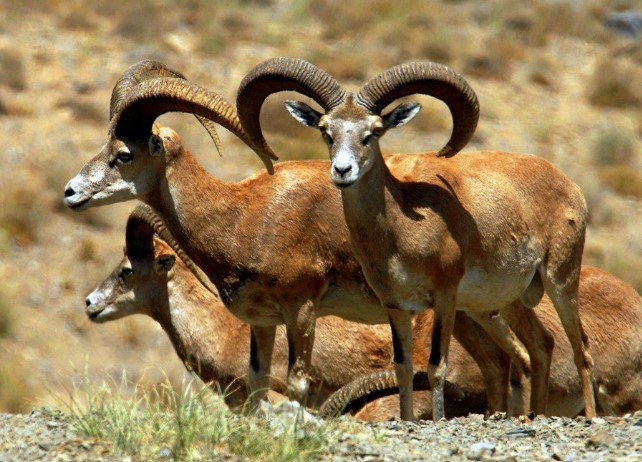
The Esfahan Mouflon is instantly recognizable by its distinctive physical traits. Males, or rams, are particularly striking with their large, sweeping horns that curl outward and upward. These horns can grow impressively long, often reaching lengths of over 80 centimeters (31 inches). The horns not only serve as a defense mechanism but also play a crucial role during the mating season, where rams use them in dramatic headbutting contests to establish dominance.
The build of the Esfahan Mouflon is stockier compared to other wild sheep species, giving them a robust and muscular appearance. This stockiness aids in their ability to traverse the challenging terrain of their habitat. Their coat is typically a light brown to grayish color, blending seamlessly with the rocky and arid landscape, providing excellent camouflage from predators and hunters.
The Esfahan Mouflon is known for its elusive nature. They are highly alert and have a keen sense of their surroundings, making them difficult to approach. Their ability to detect danger from a distance and swiftly navigate the rugged terrain allows them to evade predators and hunters effectively.
These sheep are primarily diurnal, most active during the cooler parts of the day—early morning and late afternoon. During the heat of midday, they often rest in the shade of rocks or cliffs, conserving energy and avoiding the harsh sun.
Esfahan Mouflons typically form small herds, composed mainly of females and their young. Males often live in separate bachelor groups outside of the mating season. The rutting season, which occurs in late autumn, is a time of intense competition among rams. They engage in headbutting contests, using their massive horns to clash in battles of strength and endurance. The dominant males earn the right to mate with the females, ensuring the continuation of strong genetic traits within the population.
Communication among Esfahan Mouflons involves a combination of vocalizations, body language, and scent marking. These methods help them establish dominance, warn of danger, and maintain cohesion within the herd.
The Esfahan Mouflon, like other wild sheep species in Iran, is subject to strict conservation measures to ensure its survival. Iran enforces rigorous hunting regulations, including permits, seasonal restrictions, and quotas, to maintain healthy populations and prevent overhunting.
Hunting the Esfahan Mouflon is a formidable challenge that demands physical fitness, strategic planning, and patience. The hunt typically begins with an early morning hike through the rugged terrain, navigating steep slopes and rocky outcrops. The high altitudes and harsh climate conditions add an extra layer of difficulty, requiring hunters to be in peak physical condition.
Spotting the elusive Esfahan Mouflon involves scanning the landscape with high-powered optics, looking for signs of movement or the distinctive shape of their horns against the rocks. Once a suitable ram is identified, the stalk begins. This process requires moving quietly and carefully, using the terrain to remain hidden and downwind of the animals to avoid detection.
The final approach often involves crawling over sharp rocks and staying low to the ground. When within range, the hunter must make a precise shot, taking into account the challenging conditions such as wind and uneven ground. The satisfaction of a successful hunt is immense, not only for the trophy but also for the respect gained for the animal and its habitat.
The Esfahan Mouflon is a symbol of the rugged beauty and resilience of Iran’s central regions. Hunting these sheep offers a unique and rewarding adventure, combining the thrill of the chase with the awe-inspiring landscapes of one of the world’s most remote and beautiful areas. For those who seek to test their skills and immerse themselves in nature, the pursuit of the Esfahan Mouflon is an experience that provides both challenge and profound appreciation for the natural world.
Hunting Iranian sheep is not for the faint-hearted. It requires meticulous planning, physical conditioning, and an understanding of the animal’s behavior and habitat. Here’s a glimpse into the dynamics of such a hunt:
- Preparation: Success begins long before setting foot in the field. Physical fitness is paramount, as the hunt involves traversing steep and challenging terrain. Hunters should also invest time in researching the specific subspecies, understanding their habits, seasonal movements, and preferred habitats.
- Gear and Equipment: Quality gear can make or break a hunt. Durable, lightweight clothing, sturdy boots with excellent grip, and high-caliber rifles suited for long-range shots are essential. Optics such as binoculars and spotting scopes are invaluable for glassing the rugged terrain and locating game from a distance.
- Local Guides: Enlisting the help of local guides is crucial. Their intimate knowledge of the land and the behavior of the game significantly increases the chances of a successful hunt. Guides can also navigate the logistical and legal aspects of hunting in Iran, ensuring compliance with regulations and ethical hunting practices.
- The Stalk: The hunt typically involves spotting the game from a distance and planning a strategic approach. This can mean hours of climbing, crawling, and positioning to get within a reasonable shooting range. Patience and stealth are key, as Iranian sheep are highly alert and have excellent vision.
- The Shot: The moment of truth requires steady nerves and precise marksmanship. Given the challenging terrain, hunters often face long-range shots in windy conditions. Proper positioning, breathing control, and trigger discipline are essential for a clean and ethical kill.
- The Reward: More Than a Trophy. Hunting Iranian sheep is about more than just the thrill of the chase or the trophy on the wall. It’s an immersion into a wild and untamed landscape, a test of personal limits, and a journey that fosters a deep respect for nature and wildlife conservation.
Conservation and Respect
Iran places great emphasis on wildlife conservation. Hunters are required to adhere to strict regulations that ensure sustainable hunting practices. This includes obtaining the necessary permits, hunting only during specified seasons, and respecting quotas set to maintain healthy populations.
Hunting Iranian sheep offers an unparalleled adventure for those willing to take on the challenge. The combination of breathtaking landscapes, the elusive nature of the game, and the physical and mental demands of the hunt creates an experience that is both thrilling and deeply rewarding. For those seeking to test their skills and immerse themselves in one of the world’s most unique hunting environments, Iran’s wild sheep present an opportunity not to be missed.
So, pack your gear, prepare for the climb, and embark on a journey that promises not only the thrill of the hunt but also a profound connection with some of the most majestic creatures to roam the rugged terrains of Iran.

